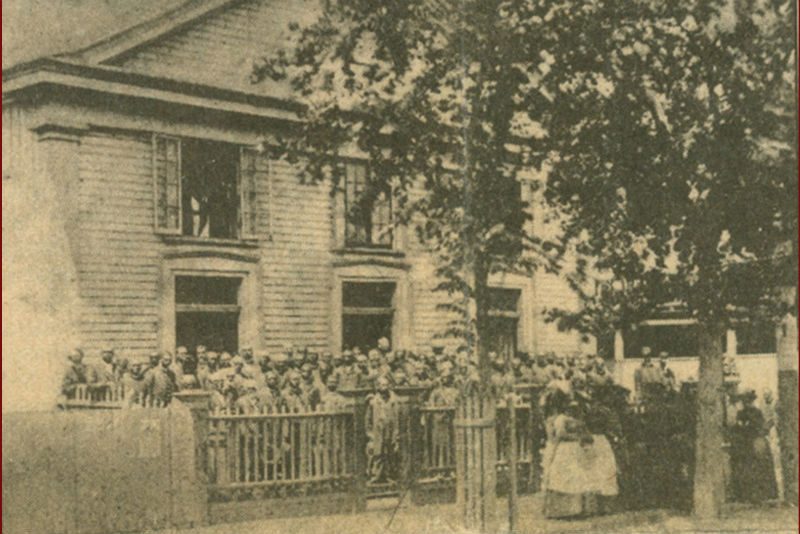Dylann Roof Didna’t Act Alone
I didn’t know Susie Jackson, but her death hit me hard. The more I thought about it, the more the tears flowed, the more the anger built.
Susie Jackson’s last moments should have been peaceful and serene, surrounded by her large extended family. Susie Jackson should have died easy–slipped away in her sleep, in her own bed. Susie Jackson should not have died at the hands of a terrorist. Susie Jackson should not have been hearing the sounds of screaming, nor the racist invective spewing from the mouth of the man who allegedly shot up the historic Emanuel African Methodist Episcopal Church in Charleston, SC where Susie Jackson, still active despite her age, spent her Wednesday nights at Bible study with the pastor she loved, Rev. Clementa Pinckney, who had been a pastoral prodigy by the age of 13, was also a state senator and who was, many in Charleston said, walking in the steps of Dr. Martin Luther King, Jr.
Susie Jackson was 87. Born at the start of the Great Depression, she lived through the segregation of the Jim Crow era in the Deep South. Relatives said she was a matriarch among matriarchs. She had raised her son, Walter, in the low-income housing projects on the East Side of Charleston. And when he was raised, she raised some other kids who had nowhere else to go.
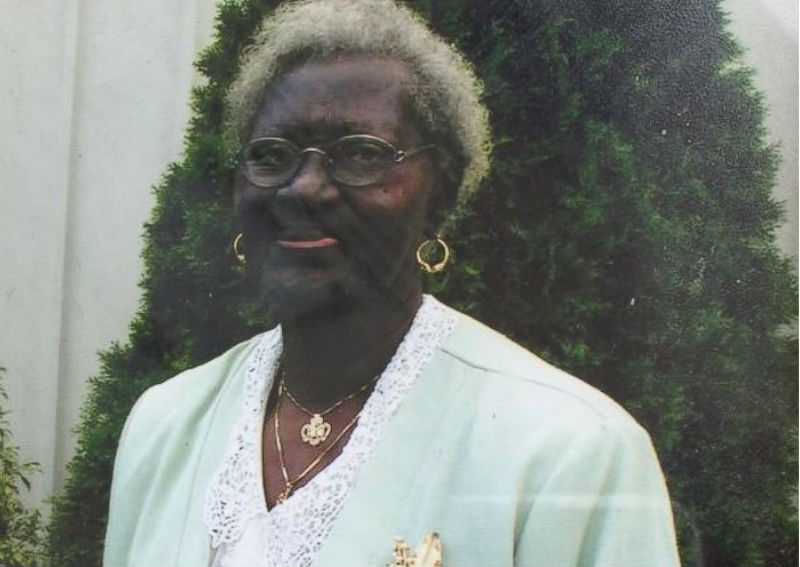
Jackson was a trustee of the historic church, known as “Mother Emanuel” to parishioners and to the city. She had sung in the choir. She attended services every Sunday, but she also went to Bible study on Wednesday nights because Rev. Pinckney was mesmerizing. And on Wednesday nights there were other pastors there as well, like Rev. Sharonda Singleton, 45, who was also a track coach and the Rev. DePayne Middleton-Doctor, 49. Both women were also killed. So was the Rev. Daniel L. Simmons Sr., 74, who was visiting from another church the night of the shooting.
Susie Jackson was there on Wednesday night at the 200 year old church that had been the site of a slave uprising and had been forced to go underground before the Civil War when black churches were banned and which had a long and revered history. Susie Jackson was praying on June 17 when Dylann Roof joined the group too for an hour. Susie Jackson had urged Dylann Roof to join the group of black worshipers before he started killing. Susie Jackson died a horrible death she didn’t deserve in the church she loved.
Susie Jackson had managed to survive some of the worst racism meted out to black women in the South throughout her life. But she couldn’t survive Dylann Roof’s racist hate for blacks and his belief that blacks were “taking over” and “bringing down whites.”
Jackson’s nephew, Tywanza Sanders, 26, tried to protect his aunt. He was shot to death. It was Sanders, who survivors of the massacre said tried to talk Roof out of killing. When Roof pulled out a gun, Sanders said, “You don’t have to do this.”
But Roof would not be talked down. He said he did have to do it because, “You are raping our women and taking over the country.”
Sanders and Jackson were the youngest and oldest victims. Jackson’s cousin, Ethel Lance, 70, was sexton of the church for more than 30 years. The mother of five, she was also killed by Roof.
According to news reports, Sanders, who was preparing to go to graduate school, had posted on Instagram before he took his aunt to church that night. His post was a quote by Jackie Robinson: “A life is not important except in the impact it has on other lives.”
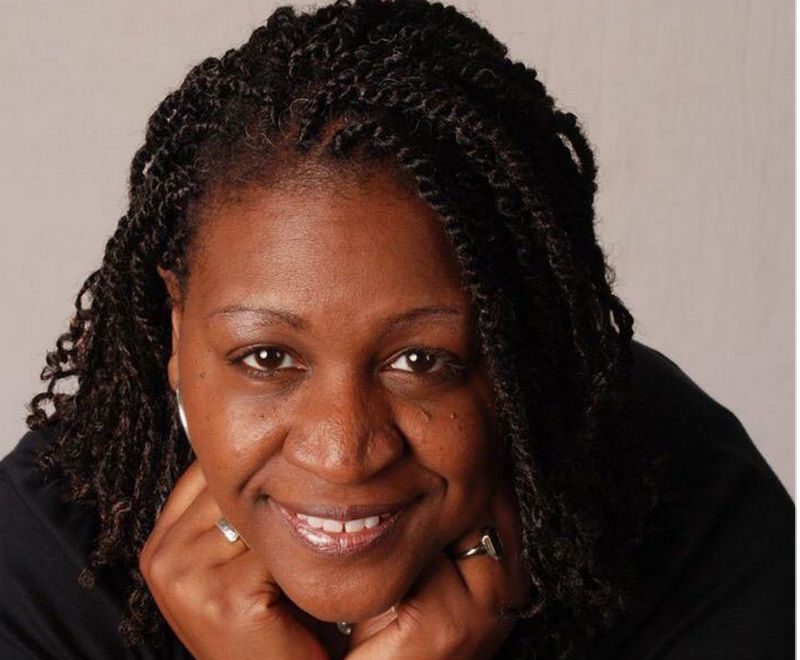
Dylann Roof’s friends said he wanted to have an impact on other lives, he wanted to make a statement.
Roof’s statement was to kill an 87 year old woman as she prayed.
Roof’s statement was to go into a house of worship, where everyone was black and where everyone welcomed him, and to kill as many people as he could, reloading his semiautomatic gun five times, according to survivors–including a five year old girl–who played dead amidst the carnage.
Dalton Tyler, a friend of Roof’s told ABC News, “He was big into segregation and other stuff,” Tyler said. “He said he wanted to start a civil war. He said he was going to do something like that and then kill himself.”
Roof didn’t kill himself. He fled Mother Emanuel, leaving what he thought were 12 dead, and drove to North Carolina, where a woman saw him while she was driving and called police.
Charleston Mayor John Riley called Roof a “horrible scoundrel” and said: “This is an unfathomable and unspeakable act by somebody filled with hate. This is the most unspeakable and heartbreaking tragedy in historic Emanuel AME church, the mother church of the AME churches. People in prayer Wednesday evening, a ritual coming together, praying and worshiping God. To have an awful person come in and shoot them is inexplicable. Obviously the most intolerable and unbelievable act possible.”
Riley added, “The only reason someone could walk into a church and shoot people praying is out of hate. The only reason. It is the most dastardly act that one could possibly imagine.”
Riley said Roof would be charged with hate crimes in addition to murder.
As he planned to make his “statement,” Roof found the black church with perhaps the most meaning in the entire South.
President Obama spoke about the killings on June 18, and noted about “Mother Emanuel,” “This is a place of worship that was founded by African-Americans seeking liberty. This is a church that was burned to the ground because its worshipers worked to end slavery. When there were laws banning all-black church gatherings, they conducted services in secret. When there was a nonviolent movement to bring our country closer in line with our highest ideals, some of our brightest leaders spoke and led marches from this church’s steps. This is a sacred place in the history of Charleston and in the history of America.”
Obama also blamed the ready accessibility of guns that allowed Roof to perpetrate such an act and with such defiance.
What do we say in response to an act of such vile and unconscionable violence?
What do we say about racism?
Dylann Roof isn’t anomalous. He’s a terrorist and like any other terrorist he was single-minded. He hated blacks. He killed blacks. Like Susie Jackson, 87, at the end of her life. And Tywanza Sanders, her nephew, who just graduated from college, at the beginning of his and yet still brave enough to try and talk a killer out of killing.
It’s easy to despise Dylann Roof with his white supremacist cant and his guns and his Facebook page full of high-school dropout rage because he was going nowhere and he had to blame someone.
Easier still to pretend Dylann Roof is a mad man.
Easier if racism weren’t still pandemic in America.
Easier if we hadn’t spent the past year watching story after story after story after story on the evening news about police violence against black citizens, men and women.
Easier if we hadn’t seen Mike Brown’s body lying in the street for hours in the August sun after he’d been shot to death.
Easier if we hadn’t seen Tamir Rice–a 12-year-old–shot to death in seconds after a police car pulled up next to him.
Easier if we hadn’t seen Walter Scott killed by police officer Michael Slager just two months ago in Charleston.
We saw Rice and Scott killed before our eyes, the videotape replaying on the news and social media again and again and again until many stopped flinching, if they ever did.
It would be easier to pretend Dylann Roof was anomalous if we could name a single one of the black women who have been killed by police or had seen even a single news story about one of them over the past year.
But when racism and sexism combine, erasure ensues.
Tanisha Anderson was killed by police in Cleveland, just like Tamir Rice. And like Rice, her death was ruled a homicide.
Yvette Smith was shot to death by police. The officer who killed her was fired.
Miriam Carey was the mentally ill woman who drove to Washington, DC with her little girl in the car with her. Police shot her to death. [I wrote about her case here for Huffington Post http://www.huffingtonpost.com/victoria-a-brownworth/crazy-every-day-americas-_b_4050673.html ]
Darnisha Harris was only 16 when she was shot to death by police who fired into the car she was driving in Louisiana. The grand jury, as in the Michael Brown case, failed to indict.
These are just a few of the black women killed by police.
We should know their names.
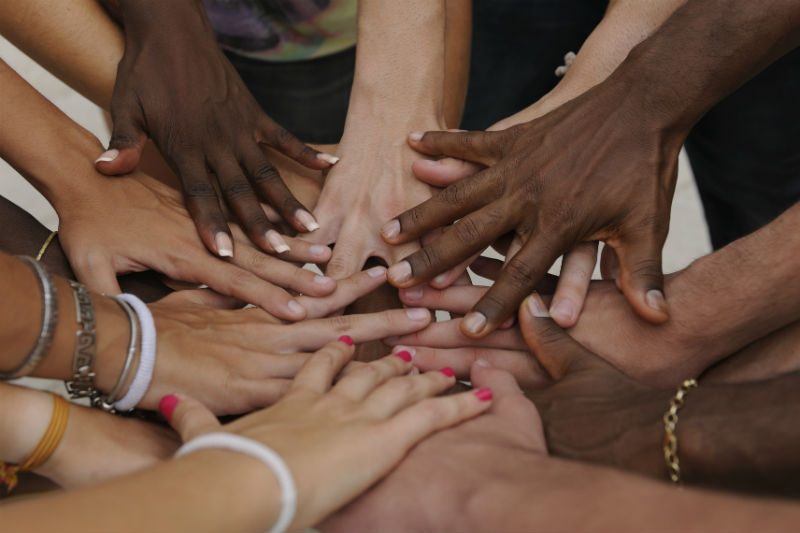
If you are a person of color, you live the reality of racism every day and you are used to erasure and misrepresentation and outright lies. You are used to unarmed black people being killed by police while suspected murderers like Dylann Roof are taken into custody without incident.
If you are a person of color, you are used to black men and women being demonized as “thugs” while whites are termed “mentally ill.”
If you are a person of color, you have to deal with white people every day, because America is majority white. But if you are white, you could go days without being around people of color if you choose.
If you are a person of color you can never escape racism because it’s everywhere–pandemic, insidious, hidden and blatant. It’s the TV shows with one black character who is the best friend of the white lead. It’s all-white awards shows, all-white movies, all-white everything.
If you aren’t a person of color, you may think you know what racism is, especially if you are left-leaning and politically progressive and you have black or Latina or Asian friends on the periphery of your life and you tweet that #BlackLivesMatter.
Yet just as straight people have no idea what it’s like to face the endless barrage and violence of homophobia, white Americans have no idea what it is to face racism.
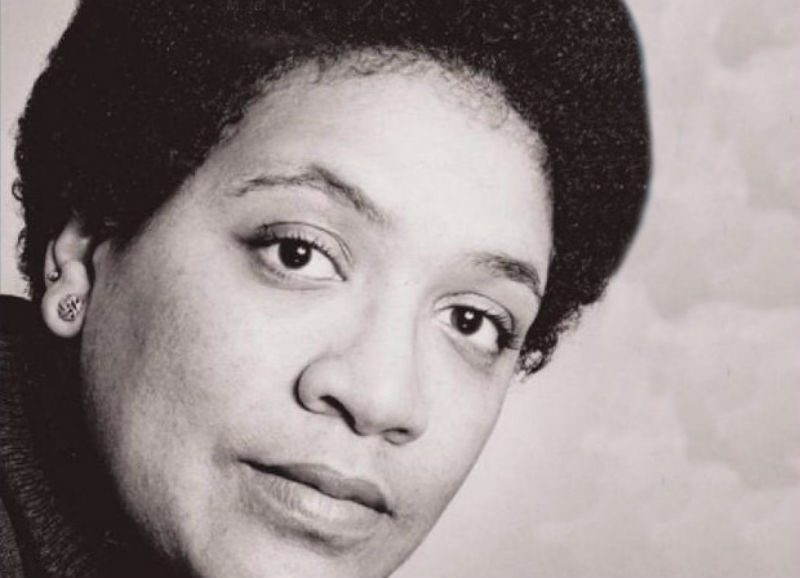
In her essay “The Uses of Anger: Women Responding to Racism,” [http://www.blackpast.org/1981-audre-lorde-uses-anger-women-responding-racism] black radical lesbian Audre Lorde wrote that white women had to take responsibility for learning about racism and working with black women to end it. Lorde wrote that white women needed to be as angry about racism as black women were.
Lorde wrote that in 1981. Yet here we are, in 2015, still not convinced as a nation that #BlackLivesMatter is more than a hashtag and a sop to white liberal guilt over the racism that we all foment because we haven’t ended it.
Dylann Roof and his racist, terrorist violence didn’t happen in a vacuum. America isn’t “post-racial.” Roof is 21. He’s the newest generation of racist.
Dylann Roof happened in a city that is currently flying its Confederate flags at half mast for the nine black women and men Roof slaughtered as they prayed. The flag of racism.
Dylann Roof happened in a country where my own city–the blackest big city in America–is also the poorest and where the public schools are 86 percent black 60 years after Brown v. Topeka Board of Education desegregated them.
Dylann Roof happened in a country where his friends heard him talking about killing black people and his Facebook page was full of hate and the U.S. Supreme Court just ruled last week that such comments are free speech and protected by the First Amendment, but what about Susie Jackson and her nephew and her pastor and the other victims of Dylann Roof?
And what will it be tomorrow?
Will it be another white police officer killing another unarmed black man or woman? Will it be another Dylann Roof plotting what he will do when he gets his guns?
Or will it just be America as usual–the undercurrent of racism that lies beneath the war on the poor and the war on women. The subtle racism of forgetting that 13 percent of the nation is black and 17 percent is Latino and 5 percent is Asian The not-so-subtle racism of white faces still dominating everything and faces of color still be deemed “exotic”–if they aren’t deemed criminal?
Audre Lorde said, “There is no such thing as a single-issue struggle, because we do not lead single issue lives.”
Racism is everyone’s issue. People of color didn’t invent American racism. White supremacy did.
